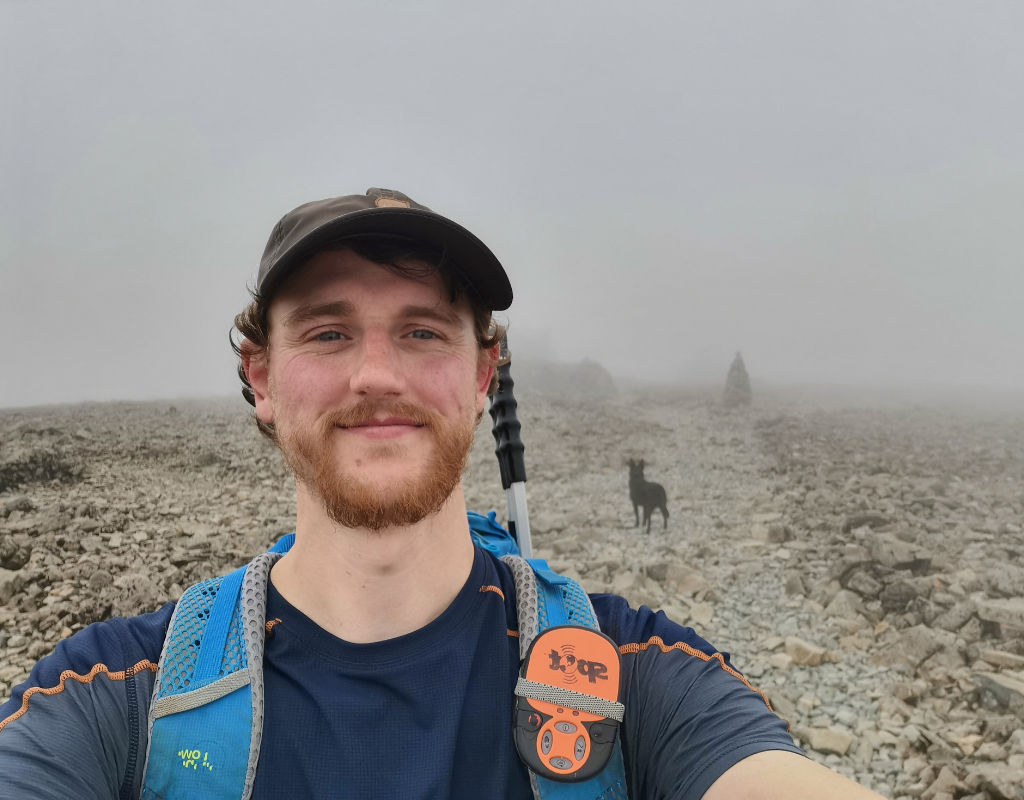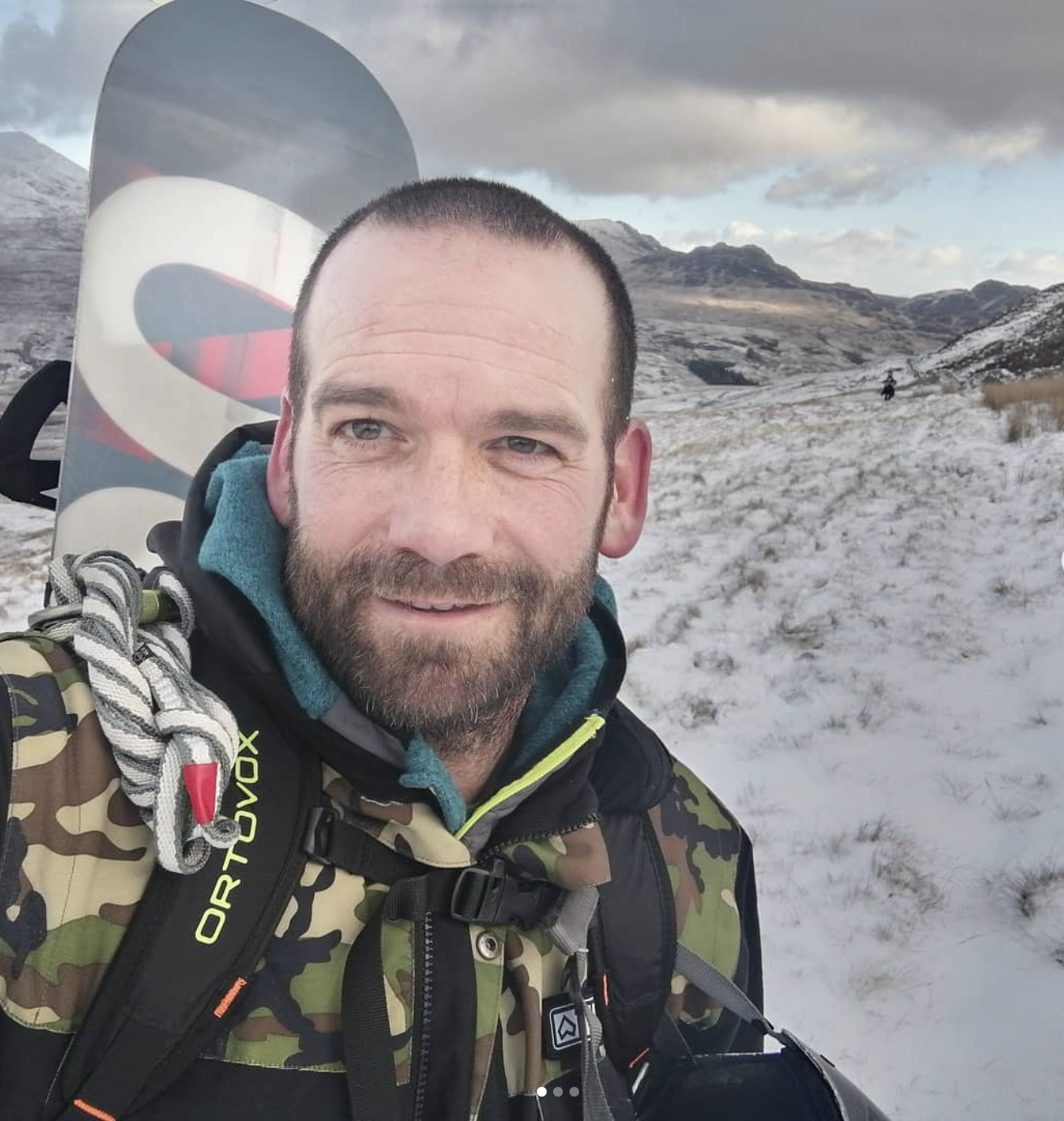Gaelic, Welsh and Wild Places
What role do Britain's indigenous languages have in the celebration and protection of the UK’s wild places? We get a Gaelic and a Welsh perspective from two of our own.
The John Muir Trust is in the process of developing a specific policy around language, including Gaelic and Welsh, to help shape how we support native languages and their role in culture, community and the conservation of wild places.
The Trust’s Media and Communications Officer Sophie Harrison speaks to two colleagues – in the west highlands of Scotland and in north Wales - about their personal stories of language and landscapes.
 Nevis conservation officer, Nathan Berrie:
Nevis conservation officer, Nathan Berrie:
"I am not a native Gaelic speaker, but in recent years I have taken steps to reclaim my heritage and learn the language. I was brought up and still live in Lochaber which was home to one of Scotland’s first ever Gaelic medium primaries, however my generation (and even my mother’s) was actively discouraged from learning the language. In more recent years a new national strategy for Gaelic is in full swing and my local town is experiencing a Gaelic resurgence. Because of this I felt disconnected from my community, and it inspired me to learn the language.
During this journey I started to notice differences in how Gaelic is structured compared to English, which feels more possessive and colonial in nature. For example, in English we might say “I have” whereas in Gaelic you would use the word “agam” which when literally translated into English would read “by me.” It's a sense that you don’t own something, it’s just there and you are next to it – this is the same for land and nature.
There’s a word for this concept in Gaelic; “dùthchas”, it describes the unity existing between land, people, nature and culture. Interestingly this concept exists in other indigenous languages such as Navajo. In Welsh it is known as “Cynefin.”
There is no equivalent in English. Instead, there is far more emphasis on ownership and possession, of prioritising private interests. As we face up to the climate and biodiversity crises, now more than ever we need to be thinking, speaking and acting collectively for nature.
So in relation to wild places, I feel languages such as Gaelic have the power to reconnect local communities to them by reframing what land is, and why we should care about it. Our mountains, moors and wild places are part of our common heritage, precious local, regional, national and international assets rather than just personal possessions.
We're working in a number of ways to implement the Trust's Gaelic Policy at Nevis. We recently announced the winners of our Wild Poetry competition in partnership with the Gaelic language charity Comunn na Gaidhlig - we had some incredible Gaelic language entries from children in local primary schools. We're also working on developing new interpretation at Nevis in Gaelic.”
 John Muir Award Manager (Wales) and Welsh language speaker, Bedwyr ApGwyn:
John Muir Award Manager (Wales) and Welsh language speaker, Bedwyr ApGwyn:
“The Welsh language and the land of Wales are inseparable. The history, myths and legends have been passed down from generation to generation for well over a thousand years and probably a lot longer. In the Mabinogi (our oldest collection of myths and legends) some believe that the memory in the stories go back to around 10,000 years ago to the last mini ice age. Many people think that some Welsh place names come from Mabinogi. One thing is for certain - the names of our mountains, rivers, lakes, trees, and various species are rich with references to the past and this is a gateway to understanding the people that have lived here over the centuries.
Understanding some Welsh will give you a greater understanding of its wild places and the communities who live here.”

